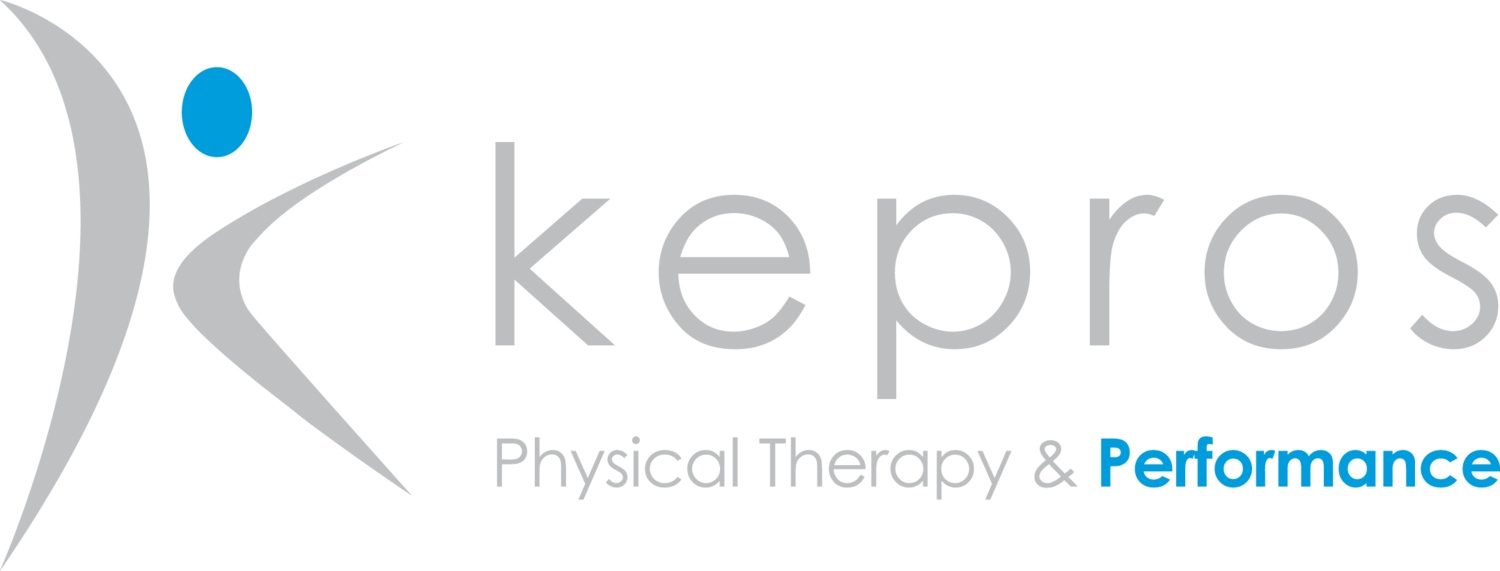Plyometrics for Runners
What are plyometric exercises?
Plyometrics are exercises that involve repeated cycles of muscle stretch and contraction (think of jumping repeatedly) to increase muscle power. Muscle power is improved by training the muscle to transition between eccentric (lengthening) and concentric (shortening) contractions. This occurs whenever a body or joint changes direction.
Why use plyometric exercises?
Plyometrics (or plyos) are a way of training to increase muscle (a combination of strength and speed). They can be useful to improve sport performance, including speed, power, change of direction speed, balance, jumping, throwing, kicking, and bone density.
When starting a plyometric program, you need to have some basic strength first. When you jump, the ground reaction force during each foot contact can be up to 3-4x bodyweight. Because of this, not everyone should jump into a plyometric training program without guidance. A basic test would be the ability to perform a squat with weight equivalent to your body weight without pain or modification.
Individuals new to plyometric training should start off with low level plyometrics, including ladder drills and getting used to moving quickly. They should then progress to jumping with 2 feet, then changing directions with 2 feet. From there, single leg plyometrics can be started, again typically with jumping in place first, then changing direction, then working on jumping higher or further. Therapists and participants should keep track of the dose of plyometrics by counting how many times the feet hit the ground and the intensity of jumps within a single training session. The goal is to gradually increase contacts and intensity separately over time. Progressing one variable at a time will help to minimize the risk of injury.
At KPT, we often use plyometrics prior to starting a return to run progression for athletes who may have been injured or who took a break from running. This helps ensure that their legs and body are ready for the demands and stresses running puts on the bones and muscles in the leg. One place this is particularly important is for those recovering from a stress fracture or stress reaction. It is important to gradually load the bone to promote bone growth and avoid progressing too fast and causing further bony injury. These same principles can be applied to individuals with osteopenia or osteoporosis but are tailored to the needs of each person.
If you are interested in using plyometrics for training or to get back to running, contact us at info@keprospt.com or 319-200-6102.

